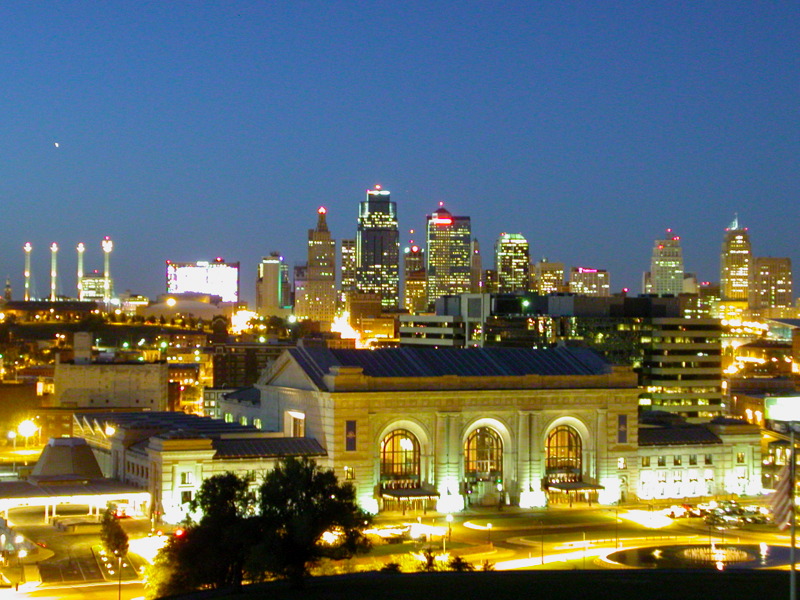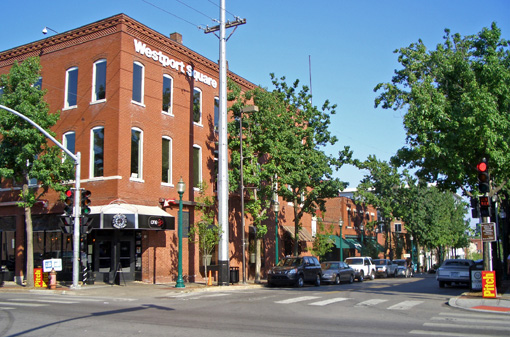In Kansas City, home prices rose again in December, bringing the average sales price for new and existing homes during the month was $190,179 — 7 percent higher than in December 2012. In November, the average price of new and existing homes was $187,830. The average existing home sale price in December was $172,976, while the average new home price was $357,330.
A total of 2,064 new and existing homes were sold in December in the nine-county region. That’s 1 percent higher than the 2,041 homes sold in December 2012. The 1,858 existing home sales this December was 2 percent higher than the 1,822 sold in December 2012. New homes sales were six percent lower in December, falling to 206 from 219 in December 2012. Total home inventory in December stood at 10,407, including 9,106 existing homes and 1,301 new homes on the market. That represented a 4 percent decline from the last year’s December inventory, when 10,796 were available.
Currently, the inventory for Kansas City homes is a 4.3 month supply available for interested buyers. That level shows that the local market is in favor of the seller over the buyer.


